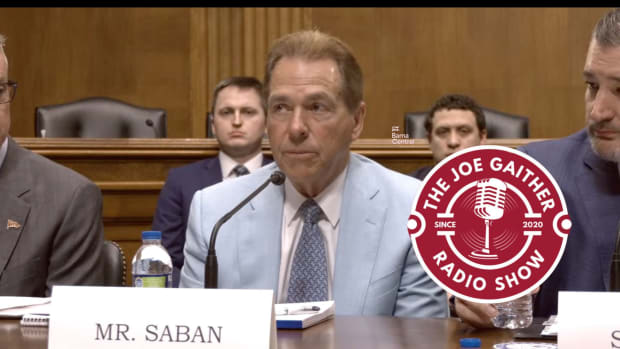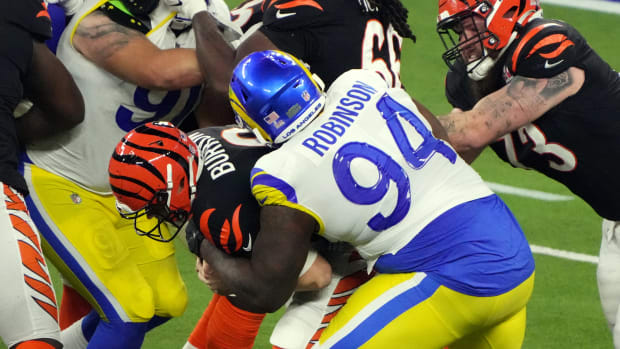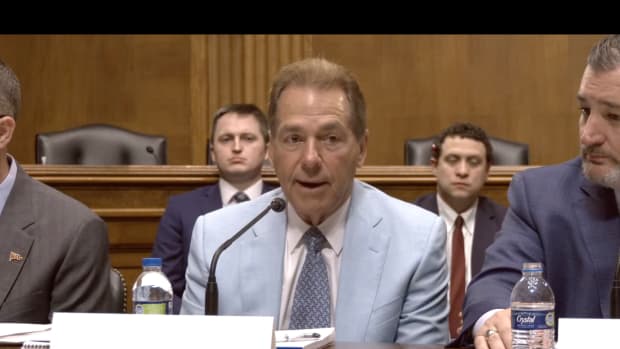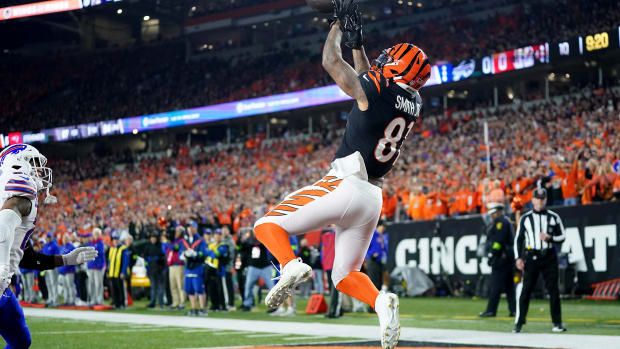Tale of the Coaching Tape: Nick Saban vs. Ralph “Shug” Jordan
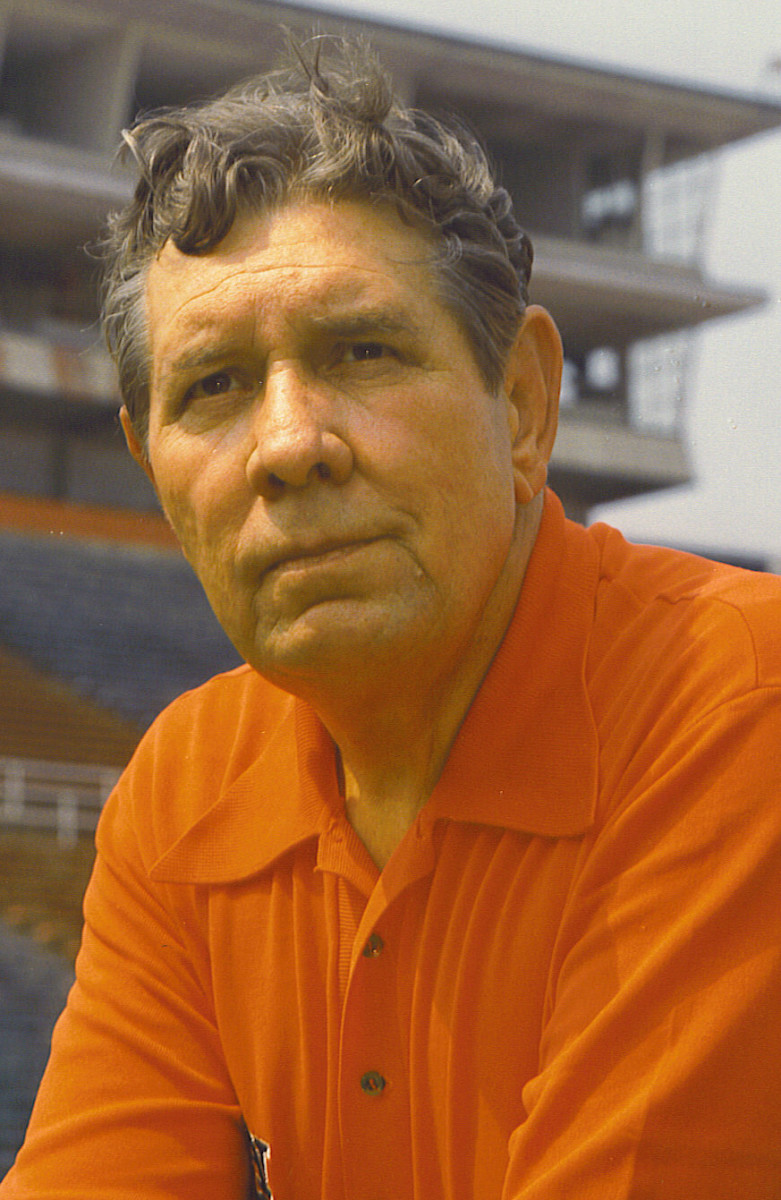
From 1951 to 1975, Ralph “Shug” Jordan compiled a record of 176–83–6 and recorded the most wins in Auburn history, but there was a lot more to him than football.
After being a three-sport star, he joined the Army Corps of Engineers, became a major during World War II, and took part in the invasions of Northern Africa, Sicily, Normandy, and Okinawa.
Regardless, Jordan had the misfortune of coaching in the state of Alabama at the same time as another legend, Paul W. “Bear” Bryant.
Jordan arrived first, in 1951, and six years later won the program’s first national title. After opening the season with a 7-0 victory against Tennessee, Auburn jumped up to No. 7, but didn’t claim the top ranking until its season-ending 40-0 domination of the Crimson Tide.
With Jimmy “Red” Phillips averaging 23.8 yards per reception, the Tigers ran the table, and despite not being bowl eligible due to improper recruiting inducements, the Southeastern Conference champions were still voted No. 1 by the Associated Press (No. 2 by United Press International to 9-1 Ohio State). It outscored opponents 207-28, of which only seven points were tallied by an SEC opponent (Mississippi State), and shut out its two biggest rivals thanks to two goal-line stands against Georgia.
“We went undefeated last year,” Jordan said. “It’s going to be awful difficult to improve on our record.”
That was especially true after Alabama responded by hiring Bryant away from Texas A&M, which he had been turning into a national power. Instead, he did something even grander with the Crimson Tide, bringing the Iron Bowl rivalry to new heights in terms of intensity.
In 1971, quarterback Patrick Sullivan led the nation with 2,856 yards, set an NCAA record for most yards per play with 8.57, and tied another with 71 career touchdowns. What he did best, though, was throw to Terry Beasley, with the passing combination accounting for more than 2,500 yards and nearly 30 touchdowns from 1969-71.
But the Jordan game a lot Auburn fans cherish the most was the 1972 Iron Bowl. Alabama had a 16-3 lead when Bill Newton burst into the backfield and blocked a punt, which bounced into the hands of David Langner, who returned it for a 25-yard touchdown. Following the Tide’s subsequent possession, Newton and Langner did the exact same thing, this time with 20 yards on the return, for a 17-16 victory.
“Always remember that Goliath was a 40-point favorite over little David,” Jordan once said.
Nick Saban vs. Ralph “Shug” Jordan
(Statistics through 2018 season)
Category: Saban; Jordan
Seasons 23 ; 25
Consensus national titles 6 ; 1
Top five finishes 9 ; 4
Top 25 finishes 16 ; 13
Overall record 232–62–1; 175-83-7
Percentage 78.5 ; 67.4
Losing seasons 0 ; 3
Bowl/CFP record 14-10 ; 5-7
Percentage 58.3 ; 41.7
Conference titles 9 ; 1
Conference record 138-42-1; 98-63-4
Consensus All-Americans 41 ; 9
First-round draft picks 34 ; 8
Record against ranked teams 82-40 ; 33-45-2
Percentage 67.20 ; 42.50
Record against top 10 teams 42-21 ; 16-28
Percentage 66.67 ; 36.36
Ratios/percentages
National title seasons One every 3.8 seasons; 25
Consensus All-Americans 1.78 every season; .36
First-round draft picks 1.48 every season; .32
Average wins vs. ranked teams 3.57 each season; 1.32
Wins over top-10 teams per year 1.82 every season; .64
Some of the information in this report was also used in the book "Nick Saban vs. College Football."


